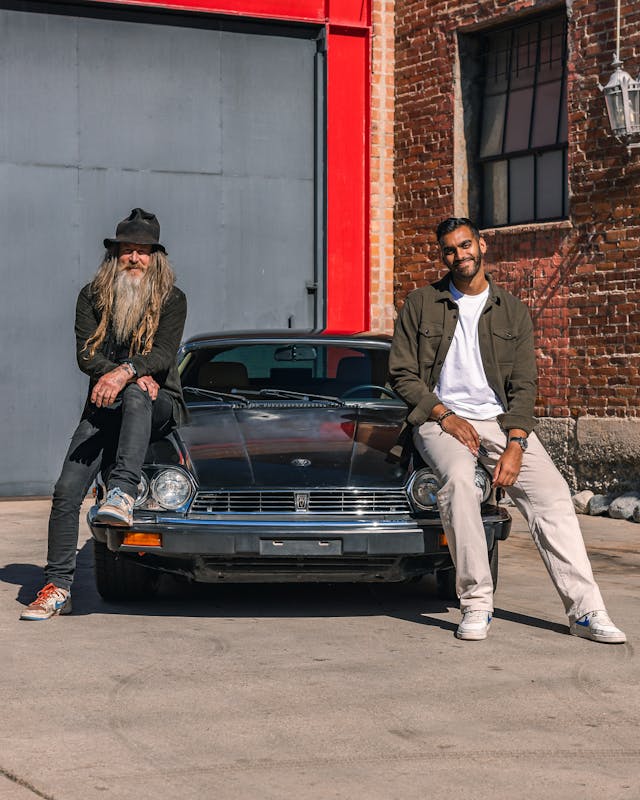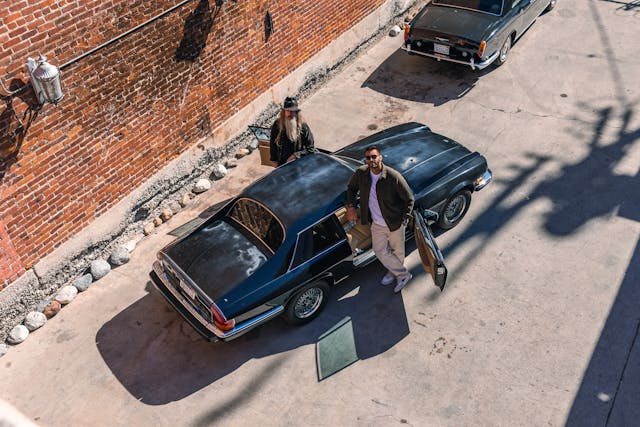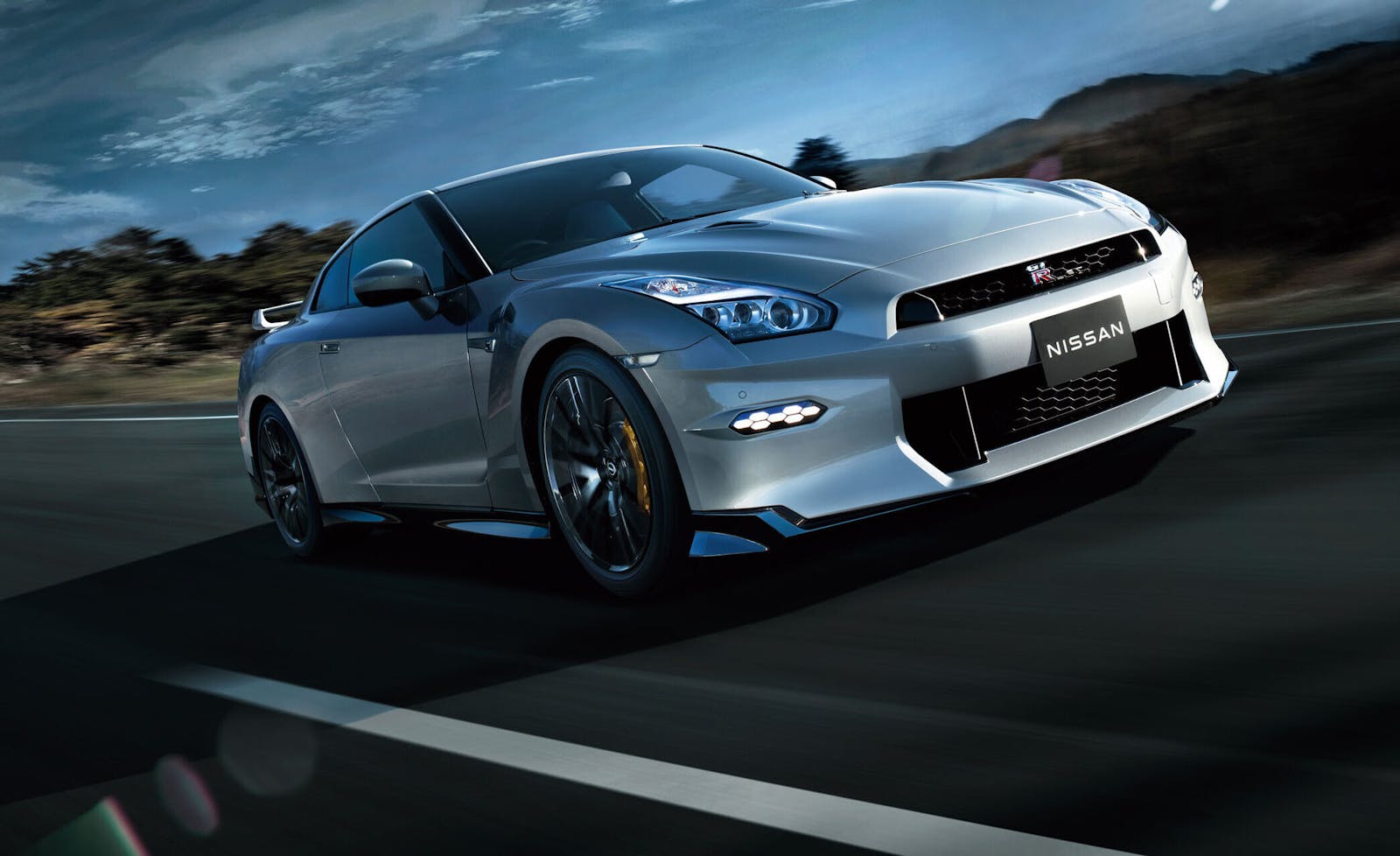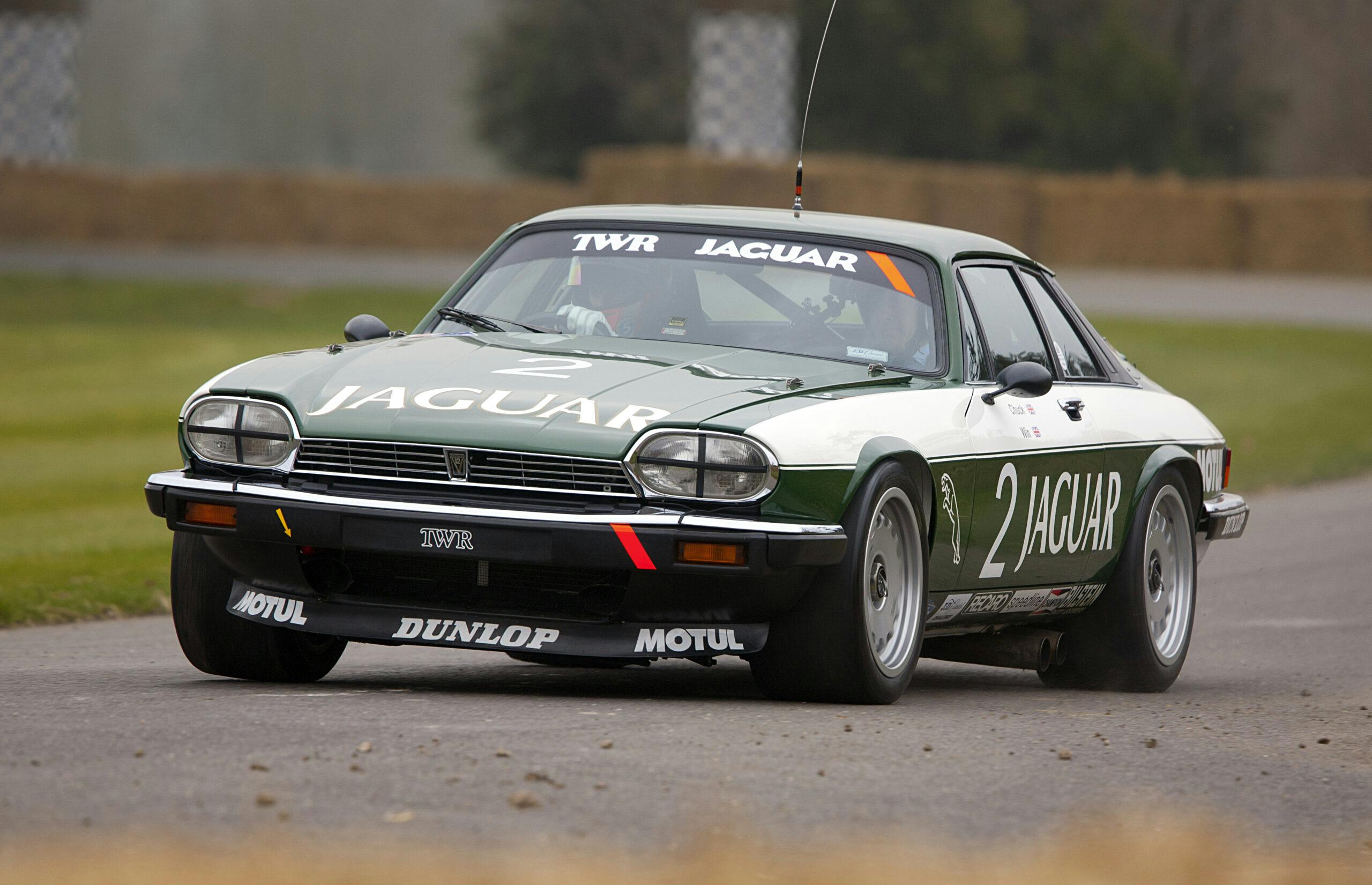Media | Articles
Reborn TWR to “reimagine” a “misunderstood” Jaguar
Motorsports fans of a certain age will recall Tom Walkinshaw Racing as a pivotal force in sports car racing. Founded in 1976, the former race driver began TWR as a race team and engineering firm, dealing with several marques before forming a strong alliance with Jaguar, winning the 24 Hours of Le Mans with the brand in 1988 and 1990.
TWR and Jaguar formed a company to build tuned versions of Jaguar, producing the XJ220 and XJR-15 sports cars. Ford’s purchase of Jaguar in 1989 soured the relationship. TWR had continued to achieve success with other carmakers, winning Le Mans in 1996 and 1997 in a Porsche-powered WSC-95. However, it was the purchase of the Formula 1 team Arrows in 1996 that foreshadowed the end of TWR in 2002. Walkinshaw himself died in 2010.
We mention all this because TWR is back, under the leadership of Walkinshaw’s son, Fergus. And the company has hired designers Magnus Walker and Khyzyl Saleem to build “reimagined” sports cars, the first ones based on a Jaguar XJS.

Walker, known mostly for his work with Porsches, said he has owned Jaguars before, “but the car I had never owned was an XJS. I remember talking to [automotive designer] Ian Callum about how I wanted to do an outlaw version of an XJS.” The TWR opportunity “was just what I was looking to do, and I was in. The stars aligned perfectly. The XJS is a car that was sort of misunderstood. I wanted to make my mark on it.”

Said Saleem, who has designed liveries for stunt driver Ken Block: “I’m designing something pretty badass and helping to create a truly relevant TWR for the 21st century. The XJS has been seen as sort of unloved, a difficult second album to the E-Type. There’s an obvious history with it and TWR, and to have the chance to give it a new life is special.”
The new TWR, founded in 2020, plans to “make its name as a constructor of bespoke automobiles for a whole new generation, seeking to perfect and protect the analog driving experience with its own products.” No production plans were revealed.
***
Marketplace
Buy and sell classics with confidence
Check out the Hagerty Media homepage so you don’t miss a single story, or better yet, bookmark it. To get our best stories delivered right to your inbox, subscribe to our newsletters.














There was nothing miss understood here. The XJS was just a larger heavier car that suffered many quality issues and rust problems.
Because the lack of worth it does make a good car to make something interesting out of it.
TWR is the perfect company to do this and could bring a line of cars much like Singer is doing to the 911.
I think the “reimagined” theme is fun, but an XJS? I don’t see the same enthusiasm and market for these cars as, say, the 911, 037, Delta Integrale, 22B STi, etc that have had the same treatment.
At one time (late ’80s, maybe?) I took a serious look at the XJS as a car for the then-Mrs.. Not knowing enough about Jags to make an informed decision, I consulted as many people as possible to get insight. The feedback I got was mostly negative – focused mainly on upkeep costs, lack of local mechanics and parts, and particularly on electronics problems (not an unfamiliar tune with nearly ANY car from the U.K., sadly). Although we really liked the car, I opted to go with Porsche, with which I was more familiar, having had a couple. It didn’t really solve all those issues, but did alleviate most of them. Unfortunately, a new car didn’t solve any marital issues, and soon afterward, she “terminated her position with the firm”, and took the Porsche! I’ve always admired the XJS’s looks, and have often felt like I’m glad I didn’t buy one then, as I’d probably have been sad to see it go…
The XJS race car looks good. Interesting to see what will come from TWR.
The XJS has always been underappreciated but it was better than the great majority of cars available in the late 70’s and 80’s. Fuel injected V12, all independent suspension, 4 wheel disc brakes, and for a time it was the fastest (top speed) car sold in the USA. The 5.3 V12 in the Jag was making 260 hp at a time when the 5.7 in the Corvette was under 200 hp and the ford 302 was down to 140 hp. It was an impressive car in it’s day and is still a fine classic GT car. It committed the horrible sin of not being an E-Type but the E-type could not meet safety standards and had to be replaced.
Given the TWR was heavily involved in the design and even slightly in manufacturing of the original XJS, it makes perfect sense for them to “reimagine” it. If they’ll solve electrical and engine issues – that might be a badass car.
We’ve been solving most of the electrical and all of the engine issues for decades by swapping modern(ish) v8’s with overdrive transmissions into them. They make a heck of a nice daily driver after that with little more grief than a Mercedes or BMW of the era.